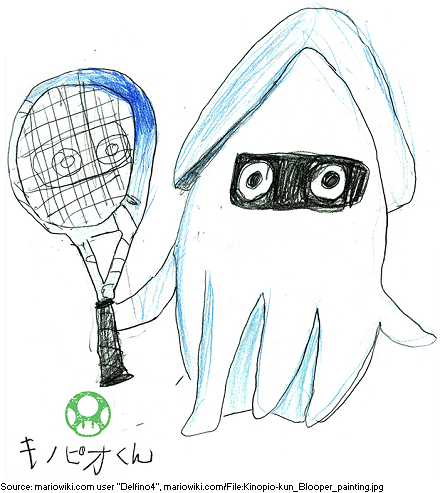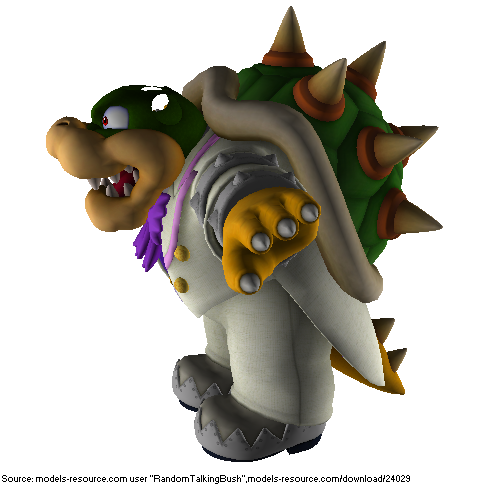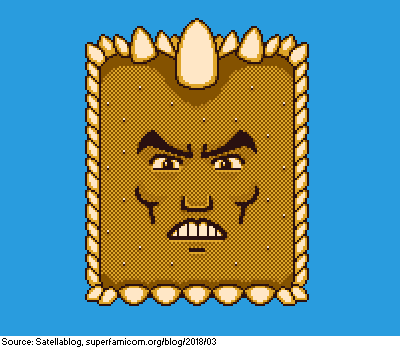1776
1777
1778
In Super Mario World, Yoshi can begin eating a Berry during Mario's death animation. However, the game is unable to handle both Yoshi's eating animation and the death animation at the same time, so it simply freezes instead.
1779
1780
1781
1782
1783
1784
1785
1786
1787
1789
1790
1791
1792
1793
1794
1796
1797
1798
In rooms with horizontally sliding blocks in Super Mario World, a glitch gives Mario's Cape Spin a special power. Performing a Cape Spin while getting an item from the reserve box will give an "area effect" to the spin, killing enemies that are further away from Mario.
1799
1800






















